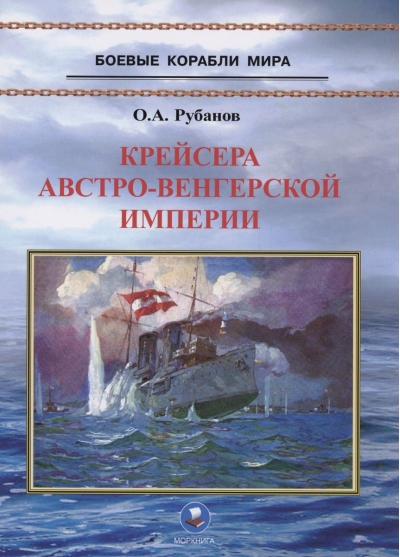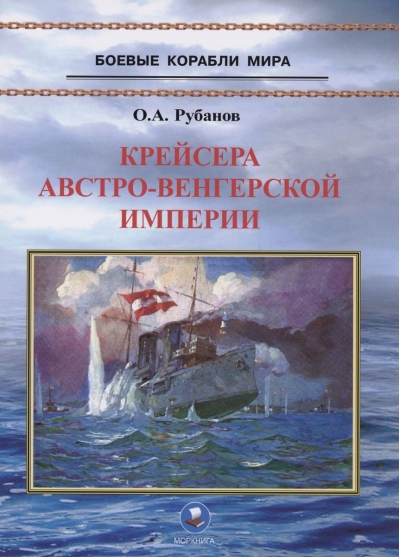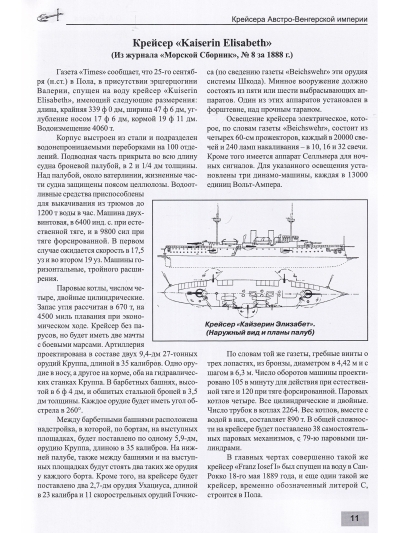Cruisers of the Austro-Hungarian Empire
19.99 €
The only thing available 1
Austria-Hungary was an unusual state. In fact, these were two states united by the personal union of the Austrian emperor. The reason for this was the Hungarian uprising of 1848-1849.
In order to preserve the state, concessions had to be made. The political system of Austria-Hungary looked like this: at the head of the state was the monarch, who was simultaneously the emperor of Austria and the king of Hungary. Both parts of the state had a parliament, budget and ministries. The empire had common ministries of finance, foreign affairs and war. By the beginning of the 20th century, the navy was also subordinate to it.
By this time, the navy of the dual monarchy had a relatively long and glorious history, which began in 1786. It was founded by Emperor Joseph II.
Initially, this fleet was small and consisted of several small ships, and the number of personnel at the time of its foundation was only 160 people. By 1805, 600 people served at sea under the flag of Austria. In 1815, under the Treaty of Vienna, the Habsburg monarchy received Venice, which became the base of its fleet. Immediately, the number of naval sailors of the Empire increased to 2,700 people, and two years later to 3,000 people. At this level, it stabilized until the middle of the 19th century. At this time, the fleet was directly subordinate to the monarch. Only Austria allocated money for it. Hungary did not allocate money for the maintenance of the fleet.
In order to preserve the state, concessions had to be made. The political system of Austria-Hungary looked like this: at the head of the state was the monarch, who was simultaneously the emperor of Austria and the king of Hungary. Both parts of the state had a parliament, budget and ministries. The empire had common ministries of finance, foreign affairs and war. By the beginning of the 20th century, the navy was also subordinate to it.
By this time, the navy of the dual monarchy had a relatively long and glorious history, which began in 1786. It was founded by Emperor Joseph II.
Initially, this fleet was small and consisted of several small ships, and the number of personnel at the time of its foundation was only 160 people. By 1805, 600 people served at sea under the flag of Austria. In 1815, under the Treaty of Vienna, the Habsburg monarchy received Venice, which became the base of its fleet. Immediately, the number of naval sailors of the Empire increased to 2,700 people, and two years later to 3,000 people. At this level, it stabilized until the middle of the 19th century. At this time, the fleet was directly subordinate to the monarch. Only Austria allocated money for it. Hungary did not allocate money for the maintenance of the fleet.
See also:
- All books by the publisher
- All books by the author
- All books in the series Warships of the World















